Position and Latch
Breastfeeding Your BEST
Position and Latch
Below are five breastfeeding positions to try with your baby. See which one is most comfortable for you and your baby. Learn some tips and tricks on how find a good latch.
Breastfeeding Positions
Laid Back Position
- Lean back in any comfortable position, slightly reclined position (not flat on your back).
- Your body supports your baby. Let your baby move to your breast and latch.
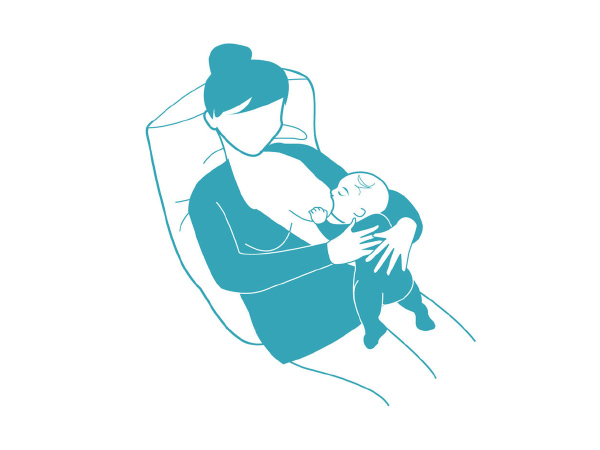
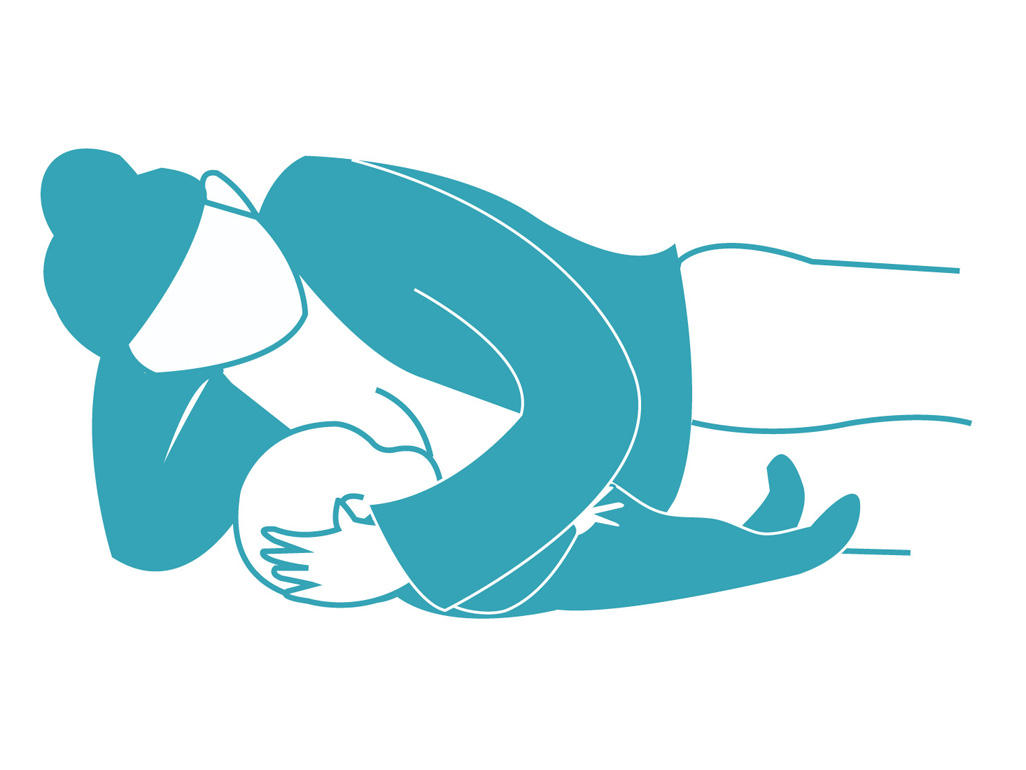
Side Laying Position
- Useful after a c-section or for night feedings. Be careful not to fall asleep in this position. Watch to make sure your babies nose is free at all times so they can breath.
- Lay on your side with baby close facing you.
- Support your baby with your arm, pillow, or rolled up blanket.
Cradle Position
- A common hold once breastfeeding is going well and for older babies.
- Hold your baby tummy-to-tummy with you. Rest your babies head on the arm on the same side as the breast you are feeding from.
- Support the back of your babies neck, not the back of their head.
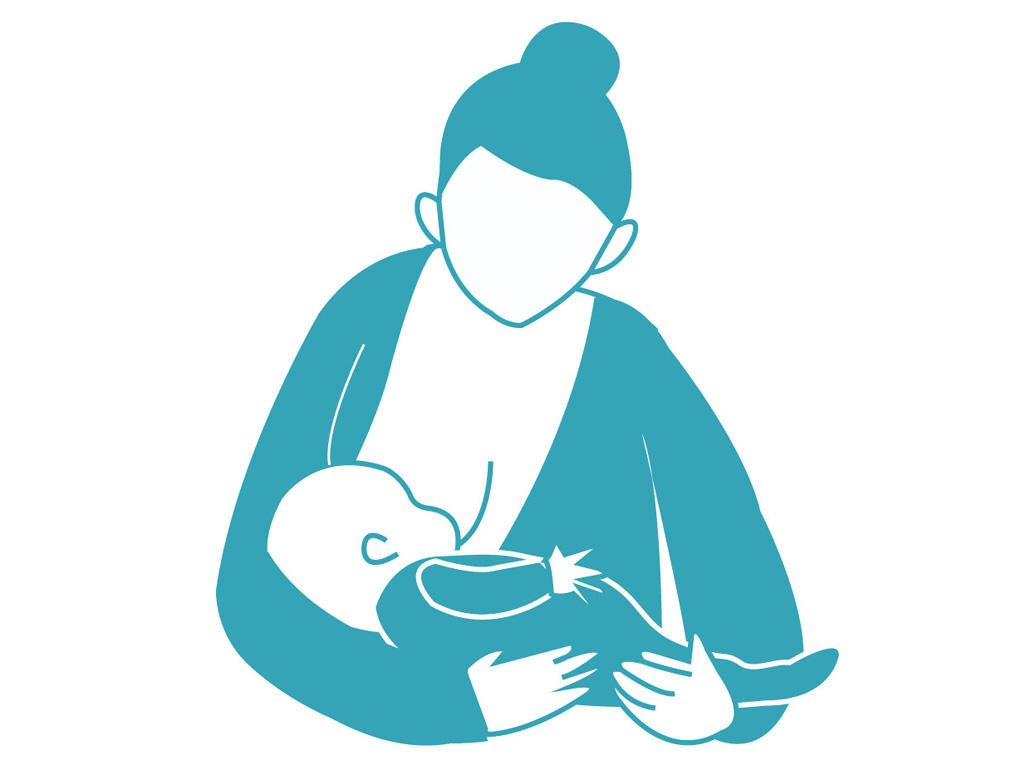
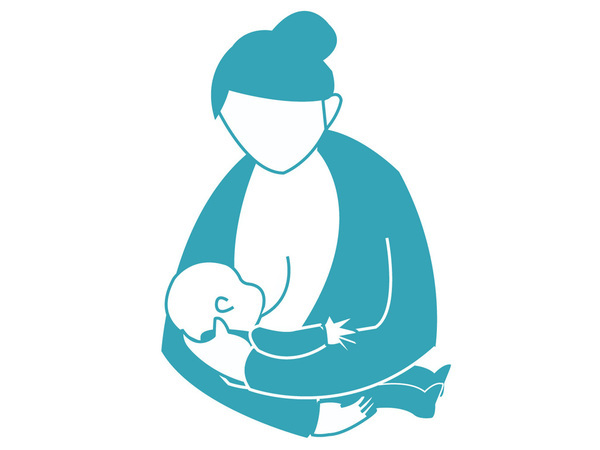
Cross Cradle Position
- Usefull for smaller babies-newborns, premature babies, or babies with weak suck.
- Put you baby across your body, tummy-to-tummy with you.
- Support the back of your babies neck, not the back of their head.
- Your baby feeds on the breast on the opposite of your supporting arm.
Football Position
- Hold your baby with their body at your side under your arm, with their head at the level of your nipple. Use pillow for support.
- Support the back of your babies neck, not the back of their head.
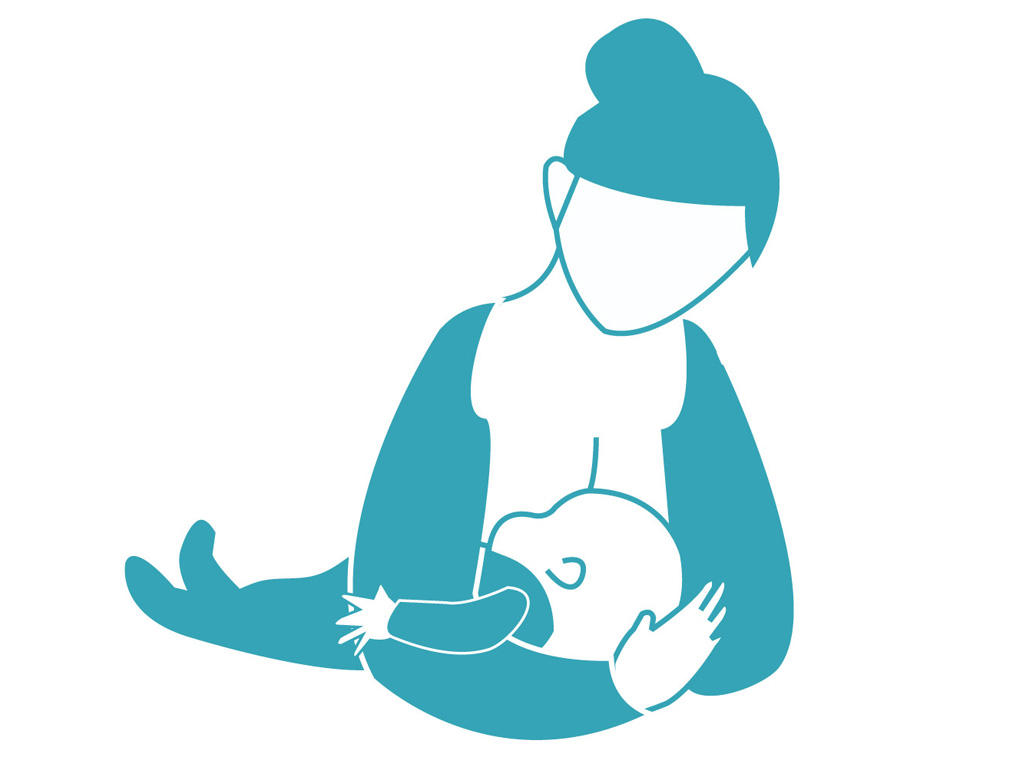
Latch
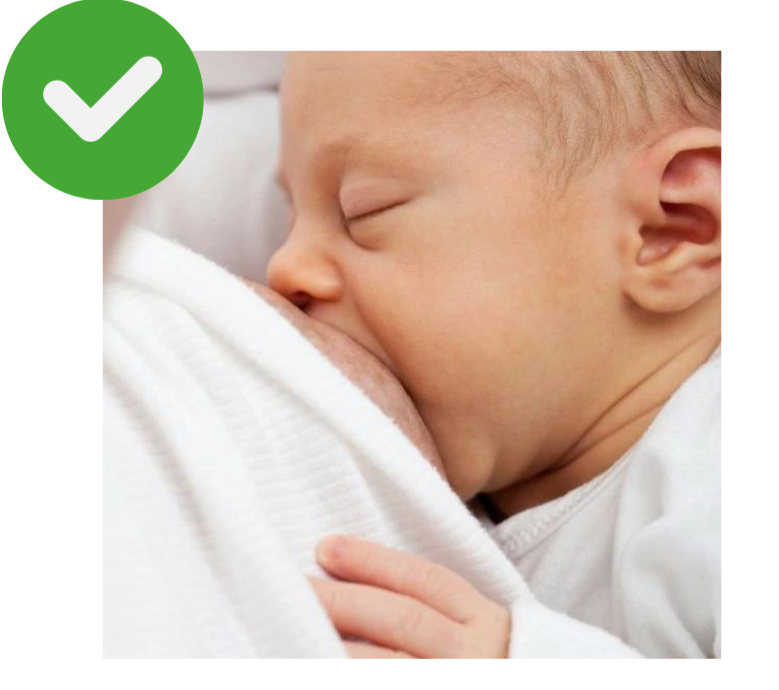
Signs of a Good Latch
- Latch is comfortable and pain free.
- Your baby’s chin touches your breast.
- Your baby’s mouth opens wide around your breast, not just the nipple.
- You hear or see swallowing.
- Your baby’s lips turn out.
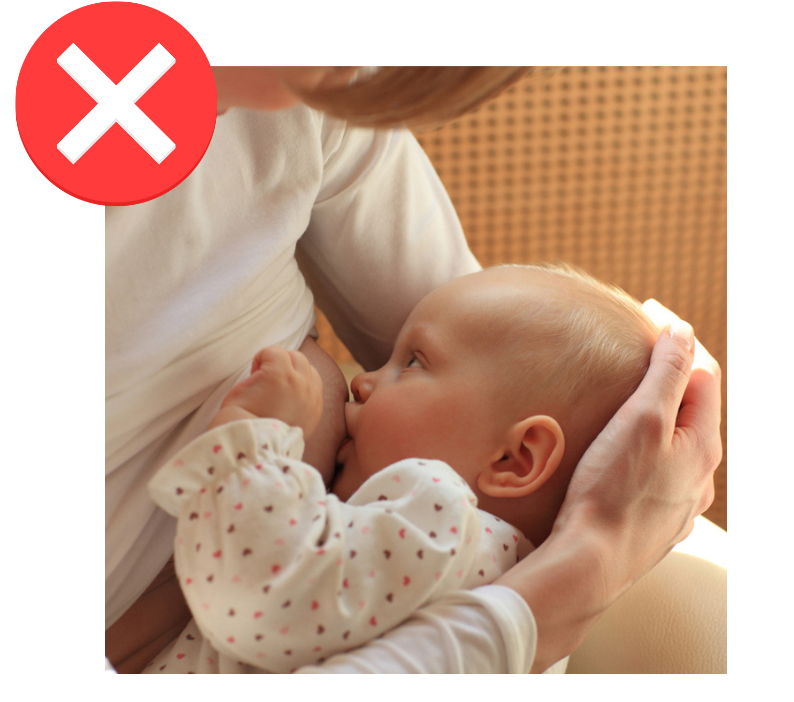
Signs of a bad latch
- Latch is uncomfortable and pinching may happen.
- Milk leakages due to weak latch between your baby’s lips and your areola.
- Clicking sounds due to baby swallowing air and bad latch.
- Your baby may get easily frustrated due to bad latch.
It may take some time to get your baby to latch. Remember to be patient and keep trying.
To help your baby get a good latch, it may be easier to hold your breast and tickle their lip with your nipple to get baby’s mouth to open wide. If you happen to feel sore, this should only last no more than a week. If breastfeeding hurts, gently break your baby’s suction by placing a clean finger in the corner of your baby’s mouth. Then try to relatch.
Talk to your WIC Nutritionist or WIC Peer Counselor if you’re having a hard time getting baby to latch.
